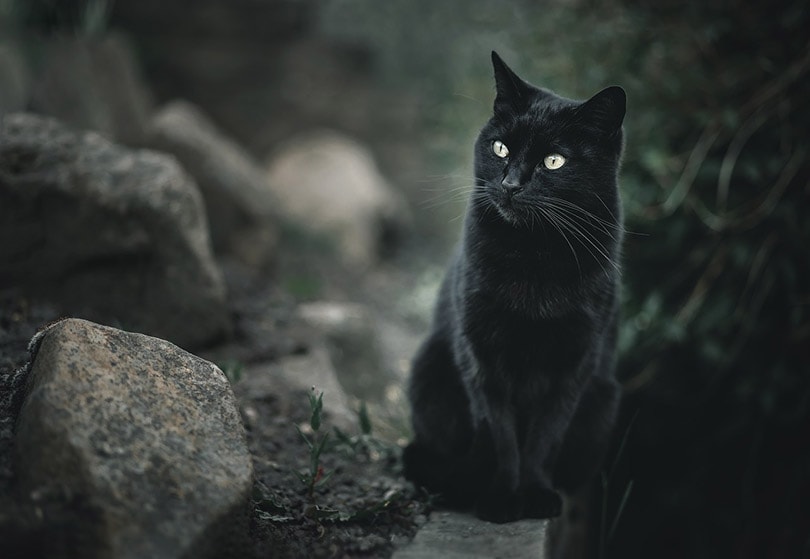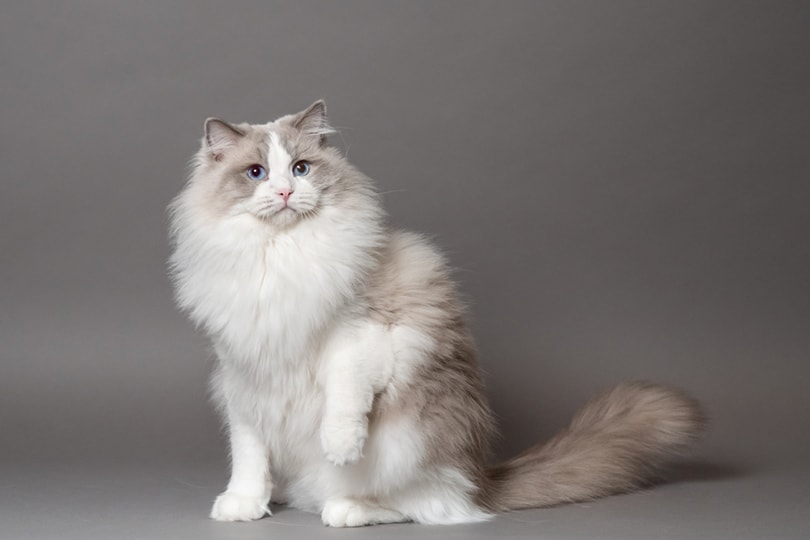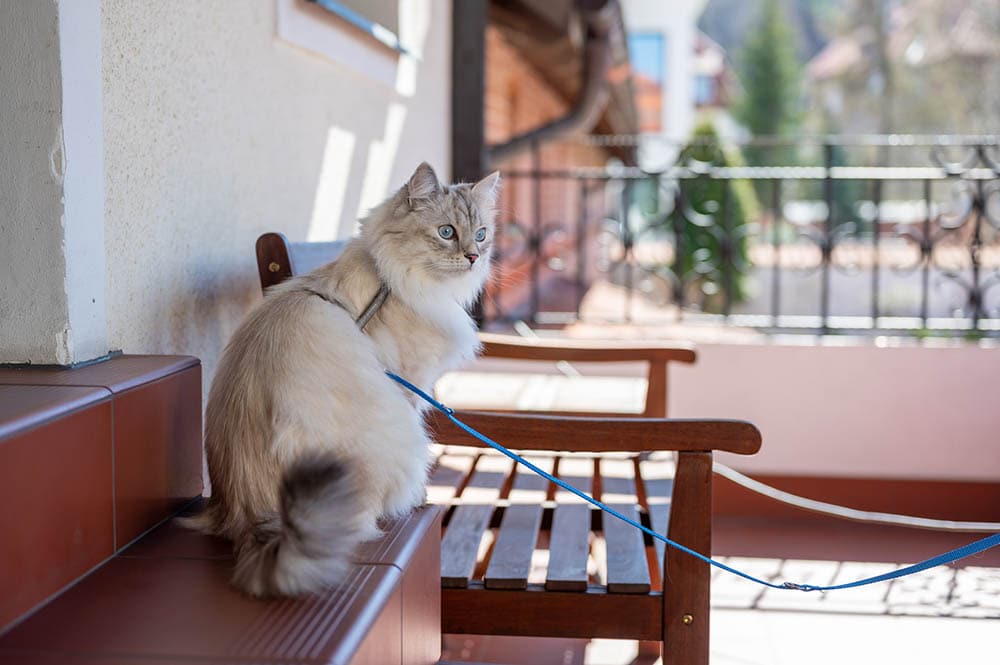Are Corn Plants Toxic to Cats? Vet-Approved Facts and Safety Guide
Updated on
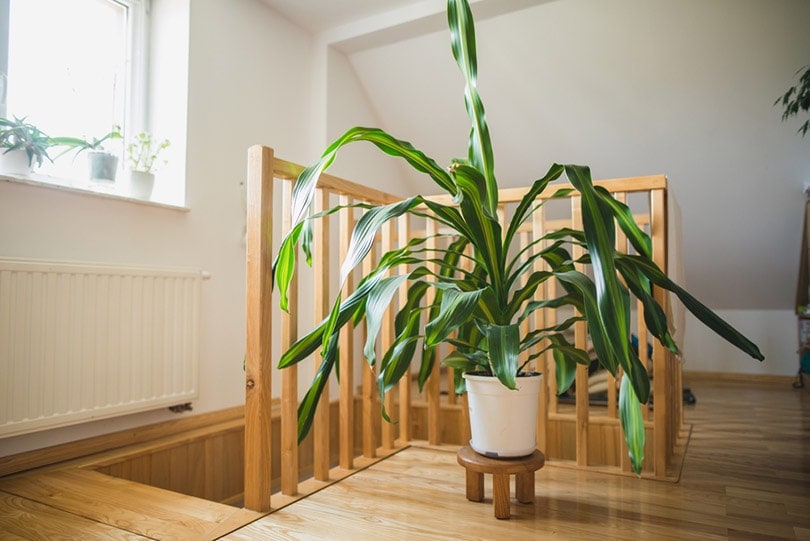
Houseplants can brighten any room and add a nice touch to your décor, including corn plants. In a 2015 study, houseplants can even provide physical and psychological benefits, such as lowering stress, improving your mood, and improving the indoor air quality of your home.1 That’s great for humans, but what about cats? Do they provide benefits for them, too? If you’re a cat parent and have corn plants in your home, are you wondering if corn plants are toxic to cats? Unfortunately, yes, corn plants are toxic to your feline pets.
Corn plants are popular among household plants because they are easy to grow and care for. But if your cat has access to the plant, especially if your cat is a chewer, you’ll want to get rid of the plant or put it somewhere your cat cannot access. In this article, we’ll explore both toxic and non-toxic houseplants to help you decide what’s the safest option for your kitty.
What Do Corn Plants Look Like?
The corn plant’s botanical name is Dracaena fragrans. This tropical evergreen is native to Africa and has been a popular indoor plant in the U.S. since the 20th century. It has broad, sword-like leaves with white and yellowish streaks down the middle.
Most people plant them in potted containers, where they can grow between 4 and 6 feet tall, although they may grow up to 20 feet tall in their native habitat. These plants are tall and narrow with leaves that grow from the stems, and it does not require direct sunlight. If you’re shopping for a houseplant, beware of other plants that belong to this family, such as the Ribbon Plant, Dragon Tree, and Striped Dragon Palm.
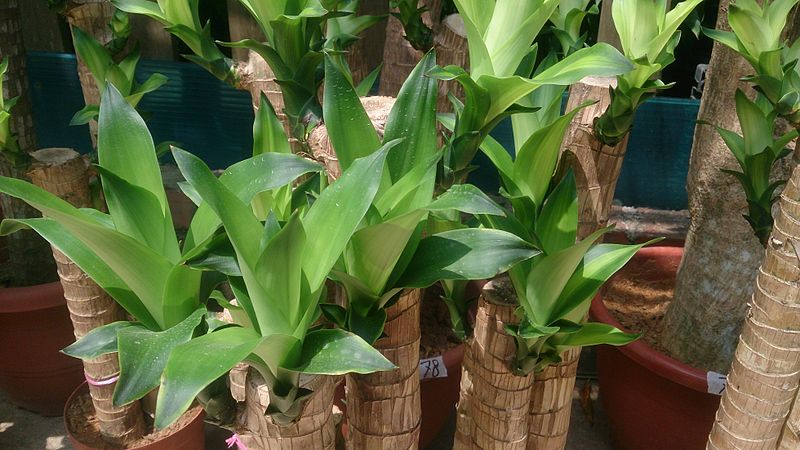
Signs of Corn Plant Poisoning in Cats
Cats are curious creatures by nature, and if you have a cat that likes to explore and chew on things, you should absolutely avoid having a corn plant in your home. As we’ve established, corn plants are toxic to cats and dogs. Here’s a list of possible signs:
- Sago palms (Cycas and Zamia species)
- Lilies (Lilium and Hemerocallis species)
- Jade plant (Crassula argentea)
- Aloe (Aloe vera)
- Elephant ears (Caladium hortulanum)
- Asparagus fern(Asparagus densiflorus)
- Satin pothos (Scindapsus pictus)
- Snake plant (Sansevieria trifasciata)
If you have a corn plant and your cat is experiencing any of these symptoms, contact your veterinarian immediately. You can also contact ASPCA’s poison control hotline for immediate help.
Other Houseplants That Are Toxic to Cats
Corn plants are not the only houseplants that are toxic to cats. Here are some other houseplants to watch out for and avoid.
- Sago Palm
- Lilies
- Jade plant
- Aloe Vera
- Elephant’s Ear
- Asparagus fern
- Satin Pothos
- Snake plant
All of the plants mentioned are not an exhaustive list of toxic plants. When in doubt, it’s wise to do your research before buying any kind of plant to ensure your kitty’s safety.
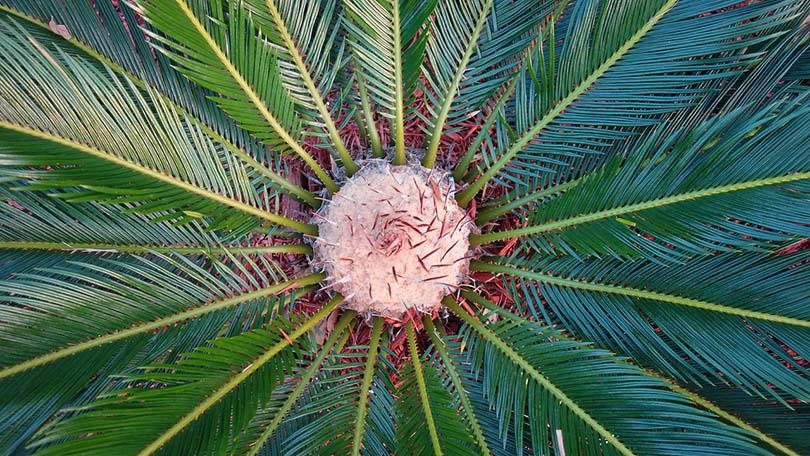
How Do You Keep Cats Away From Houseplants?
Luckily, there are ways to keep your cat out of your houseplants. The best way is to keep the plants out of reach. This may be a bit tough depending on how acrobatic your cat is, so if the plant is toxic, we recommend removing the plant from the home entirely.
Cats tend to get into things when they’re bored. A good rule of thumb is to make sure your cat has plenty of toys and puzzles that will keep it busy and possibly deter bad behavior, such as getting into your plants.
If you’re dead set on having indoor plants, try keeping plants that are actually good for cats, such as mint, catnip, thyme, and cat grass.
Plants That Are Safe for Cats
Now that we’ve explored toxic plants, let’s look at plants that are non-toxic for your kitty.
- Money Tree (Pachira aquatica)
- Prayer Plant (Calathea insignis)
- Parlor Palm (Chamaedorea elegans)
- King and Queen Fern (Asplenium bulbiferum)
- Spider plant (Chlorophytum comosum)
- Polka Dot Plant (Hypoestes phyllostachya)
- Mosaic plant (Bertolonia mosaica)
- Bromeliads (Bromeliaceae family)
How to Keep My Cat Out of Non-toxic Plants
Just because you have non-toxic plants in your home doesn’t mean you’re ok with your cat getting into them. If you don’t want your cat messing with your plants, you can try covering the soil with pebbles or using physical barriers around the plant. We don’t recommend using coffee grounds because coffee is actually toxic to cats, so you could do more harm than good.
Having cat-safe plants such as cat grass can be a great option if your cat insists on munching on plants.
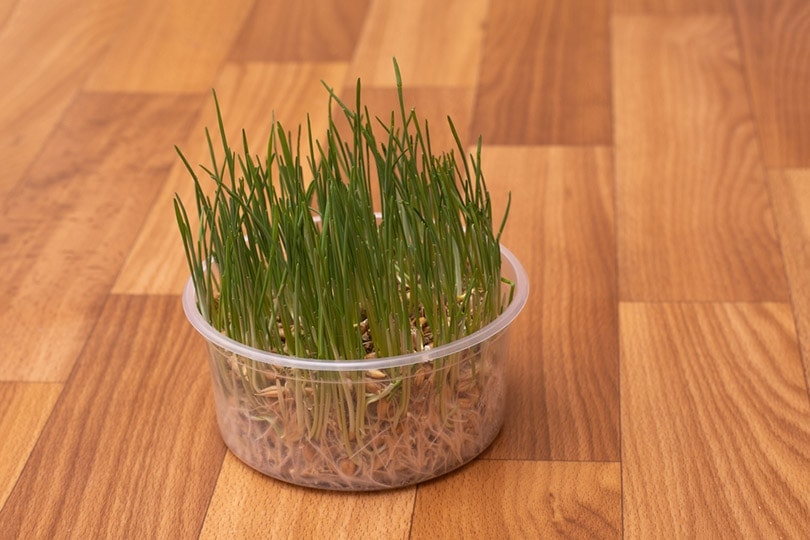
Conclusion
If you’re a plant lover, it’s always advisable to research any plant you’re thinking of adding to your home, especially indoor plants. Now that you know corn plants are toxic, maybe consider one of the non-toxic plants we’ve mentioned so that you can still have plants in your home without worrying about your kitty’s safety.
Featured Image Credit: Jus_Ol, Shutterstock



